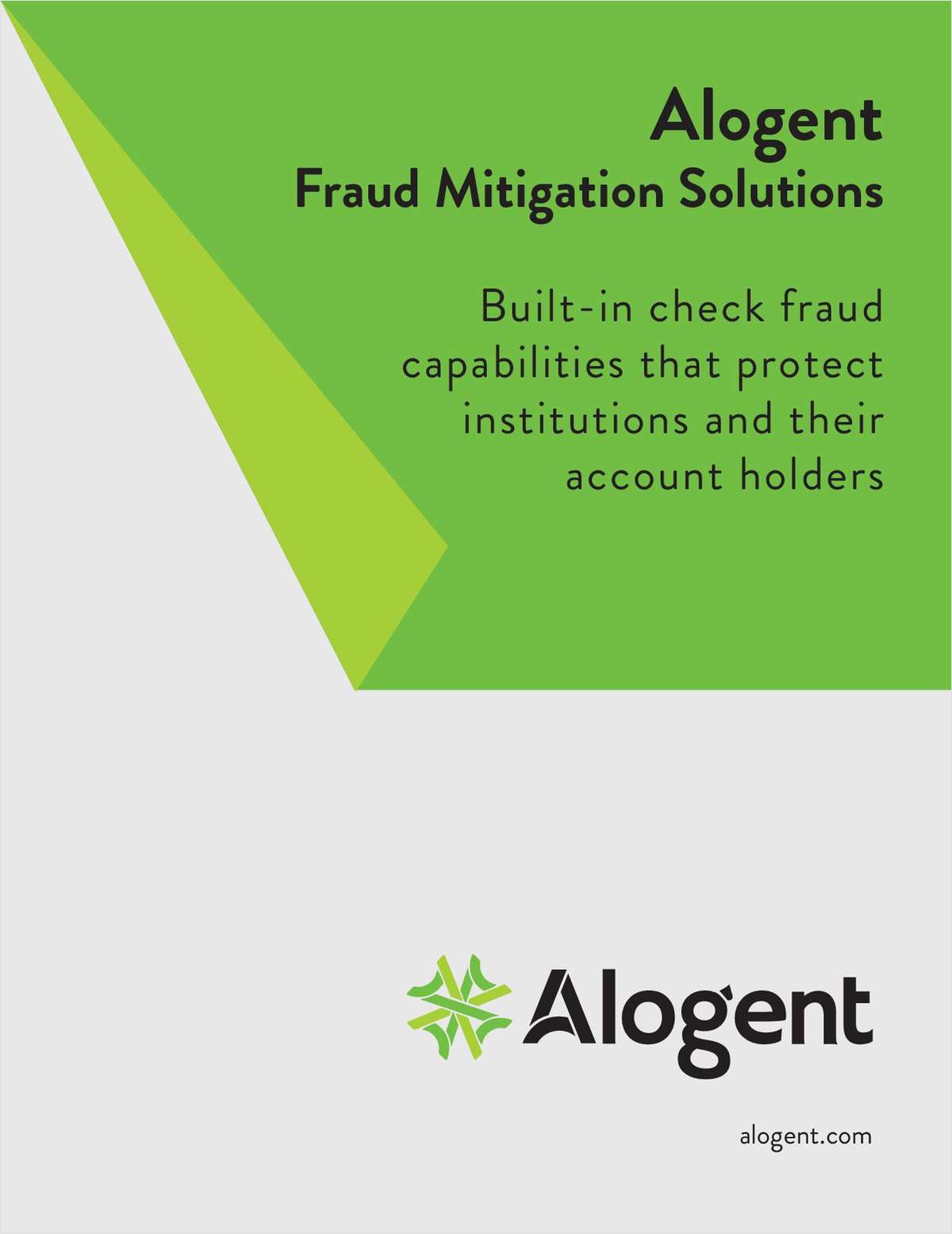The 2014 estimated corporate assessment range was but one item on the NCUA board's Nov. 21 meeting agenda. However, the board's estimated range of zero for the annual charge grabbed headlines because it marked the end of a costly era for federally insured credit unions. Since 2009, those credit unions had collectively paid $4.8 billion in annual assessments to cover the cost of corporate stabilization after five corporate credit unions failed due to investment losses.
The lack of a 2014 corporate assessment was the direct result of a record $13 billion settlement the Department of Justice reached Nov. 19 with JPMorgan Chase that includes $1.417 billion earmarked for the NCUA.
The settlement resolved suits against JPMorgan Chase, Bear Stearns and Washington Mutual for corporate losses. NCUA Chairman Debbie Matz said the settlement funds will be applied toward the corporate stabilization fund's outstanding $3.9 billion balance with the U.S. Treasury.
The NCUA announced the following day that total future remaining assessments are projected to be no higher than $1.6 billion. Comparatively, at the end of 2012, the projected range was $1.6 billion to $3.9 billion.
The narrower range of projected remaining assessments also reflects the performance of the failed corporate credit unions' legacy assets to date and the NCUA's updated evaluation of the macroeconomic factors used in the projections.
Until the settlement was reached, the NCUA had said it would likely charge a corporate assessment in 2014, a move that would have drawn criticism from trade associations.
“We strongly urge NCUA to consider, in the future, minimizing or even eliminating future corporate stabilization fund assessments,” said CUNA President/CEO Bill Cheney in July. “Our analysis indicates that (2013's) assessment amount of about $700 million could well be sufficient to cover the remaining losses on the legacy assets acquired from the five failed corporate credit unions.”
The improving economy and housing market decreased loss estimates on corporate legacy assets, said CUNA Chief Economist Bill Hampel during a July 29 press call.
“As of last December, and after this assessment is collected, the remaining losses will range from $900 million to $3.2 billion,” Hampel said. “Given the fact that losses are continuing to decrease, the bottom end is getting close to zero.”
Any over collection of assessments now would be rebated to credit unions in the future, Hampel said, but that would mess up credit union income statements by making return on average assets artificially low when the assessment was collected, and in turn, artificially boost ROAA numbers after a rebate.
Callahan &Associates then-President Chip Filson was also very vocal on the topic in 2013, saying in a July 25 release that the NCUA Guaranteed Notes were already overcapitalized by 149%, to the tune of $10 billion in excess coverage.
Filson created a group called Co-Ops for Change that in 2013 crowd-sourced analysis of the five corporates' spreadsheets. That analysis revealed more than $5 billion in unused loss write downs, the group said.
NAFCU General Counsel Carrie Hunt downplayed the drama of future assessments, saying the NCUA had projected a significant drop in assessments for 2014. She said when the NCUA was considering allowing credit unions to prepay assessments, the regulator projected assessments would be high in 2011 through 2013, then take a significant dip to 5 or 6 basis points for 2014. At the time, she said the housing market has improved since then, which could further reduce the 2014 projection.
Complete your profile to continue reading and get FREE access to CUTimes.com, part of your ALM digital membership.
Your access to unlimited CUTimes.com content isn’t changing.
Once you are an ALM digital member, you’ll receive:
- Breaking credit union news and analysis, on-site and via our newsletters and custom alerts
- Weekly Shared Accounts podcast featuring exclusive interviews with industry leaders
- Educational webcasts, white papers, and ebooks from industry thought leaders
- Critical coverage of the commercial real estate and financial advisory markets on our other ALM sites, GlobeSt.com and ThinkAdvisor.com
Already have an account? Sign In Now
© 2024 ALM Global, LLC, All Rights Reserved. Request academic re-use from www.copyright.com. All other uses, submit a request to [email protected]. For more information visit Asset & Logo Licensing.









